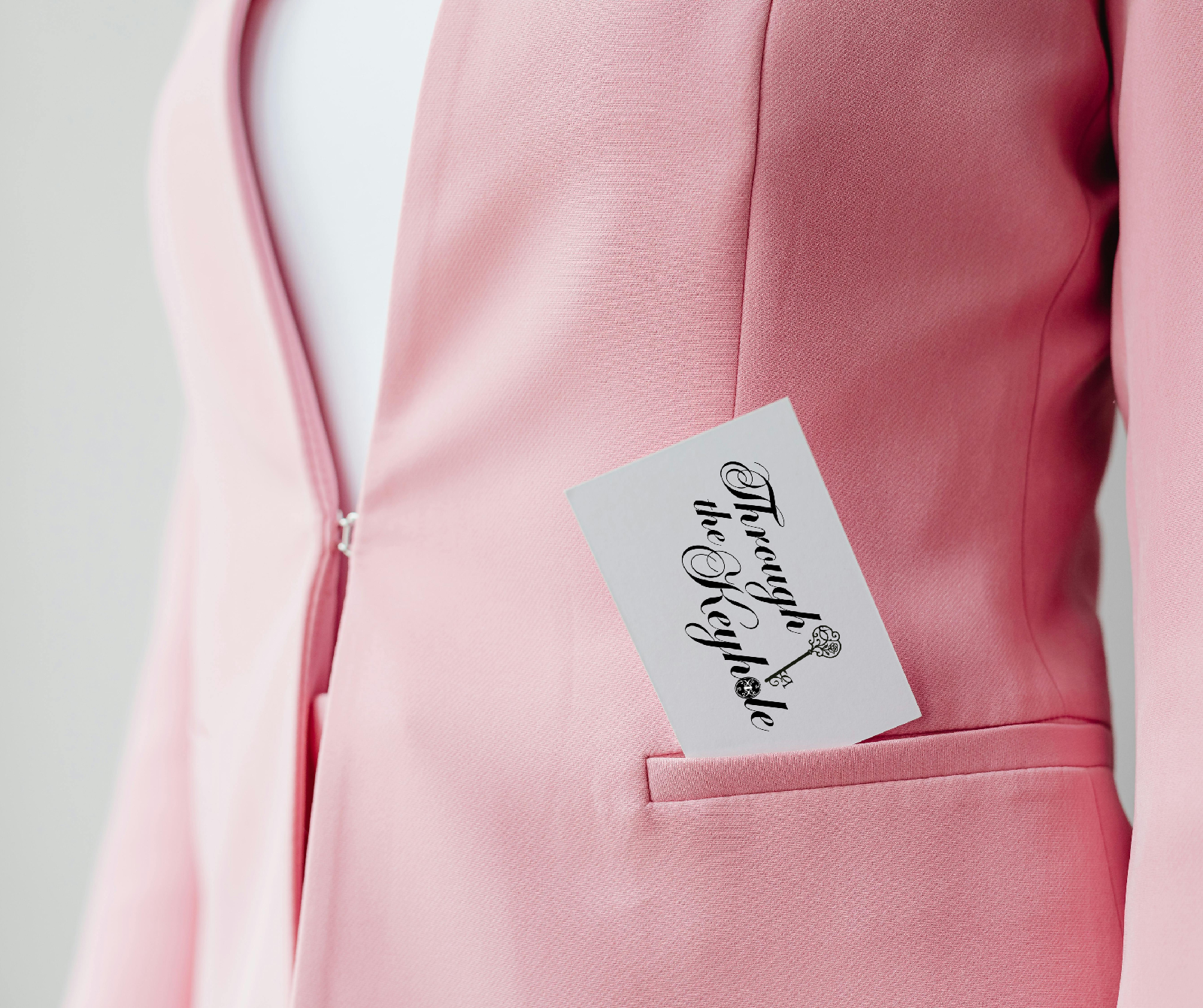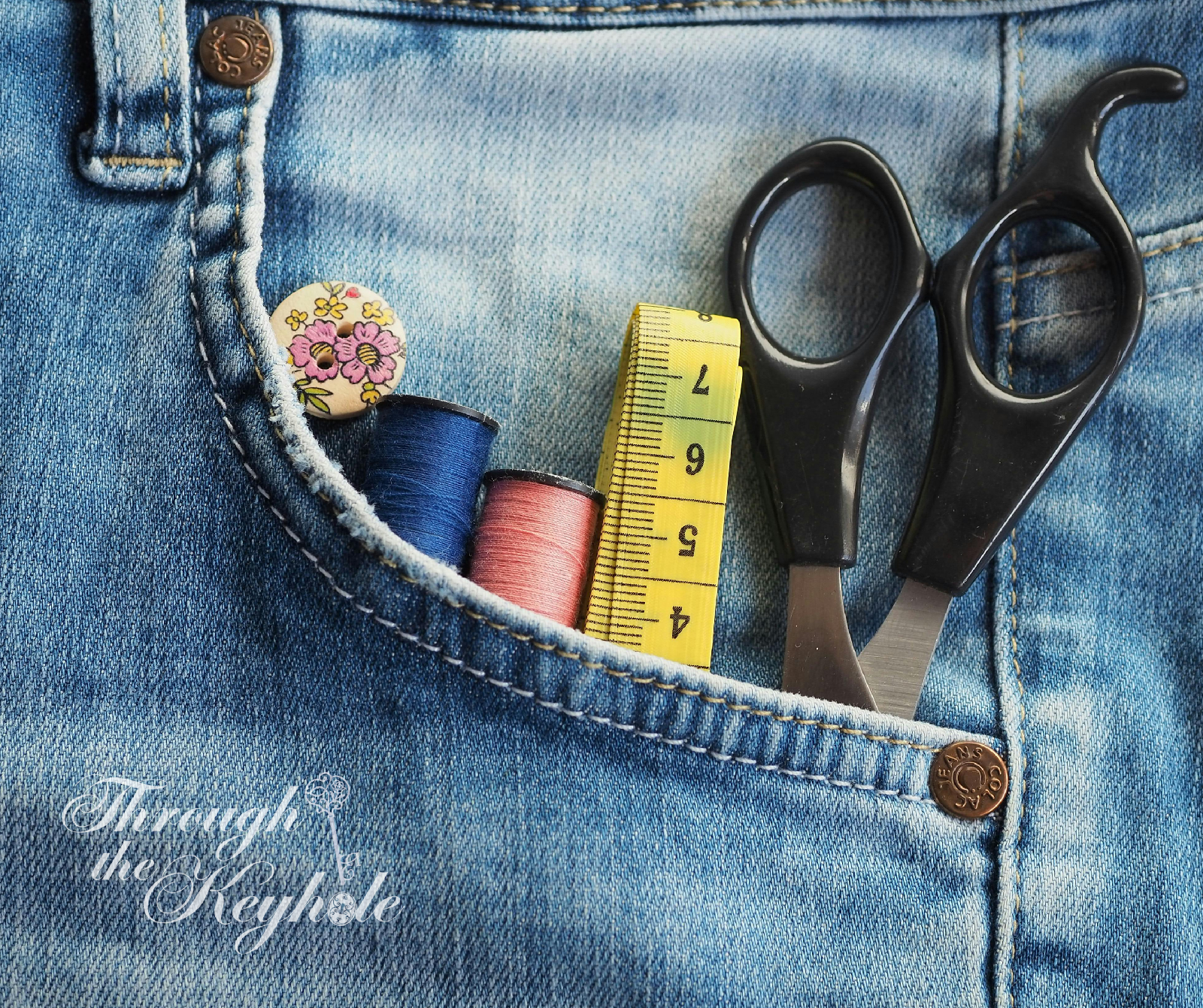Have you ever bought a beautiful dress only to discover—it has no pockets? Or worse—fake pockets? As someone who absolutely depends on pockets, I find this baffling. And lately, it seems to be getting worse.
More and more women’s clothes are being designed without real pockets, often to cut costs or maintain a “sleek” silhouette. Meanwhile, men enjoy generously sized pockets in everything from suits to swim trunks. It's enough to make you want to stitch a protest sign into your skirt hem.
But here’s the thing: this isn’t just a modern annoyance. The history of women’s pockets is surprisingly long, surprisingly political—and surprisingly missing.
👗 A Stitched-Up History
1600s–1700s: Hidden, but Handy
Back in the 17th and 18th centuries, women did have pockets—just not sewn into their clothes. They tied large, decorative pouches around their waists under their skirts and accessed them through hidden slits in the seams. These detached pockets were big enough to carry keys, coins, sewing kits, and snacks (a woman after my own heart).
Early 1800s: The Reticule Rises
As fashion shifted toward delicate, high-waisted Regency gowns, there was no room for bulky pockets. Women turned to reticules—dainty little handbags carried by hand or wrist. Pretty? Yes. Practical? Not even a little.
Victorian Era: Pockets Return (Sort Of)
With fuller skirts came a chance to sneak in pockets again. Some garments included built-in pockets, while others still used the old under-skirt pouch trick. But even then, they were often small and hard to access.
1900s: The Fight for Functionality
When the suffragettes marched for rights, pockets became political. They weren’t just fabric—they symbolized independence. After all, if a woman doesn’t have a pocket, how can she carry her own money? Her own house key? Her own independence?
Some designers embraced function. Others, not so much.
Post-WWII: Back to the Kitchen (and the Clutch)
After the war, women were able to go back to their domestic roles, and clothing reflected that. Dresses were more decorative, less practical. Pockets shrank or disappeared.
Even now, many women’s garments offer only illusion pockets—a cruel joke played on generations of women who simple want a place to put their phone.
🤦♀️ Today: Still Coming Up Empty
It’s 2025, and I still find myself checking every garment before buying:
Does it have pockets? Are they real? Will they actually hold anything?
Sometimes, it feels like we’ve made little progress at all.
It’s especially frustrating when I compare my wardrobe to the guys of the house. My husband’s swim trunks have pockets—mine have none. My son's cargo shorts could hold a small planet. My dress? Don't even think about it. That is why I've made many of my own garments. I have even shopped styles with a side seam with the intent to add a pocket. I also search endlessly through thrift store racks, knowing I may be blessed enough to find a skirt with pockets and if I do, there's a good chance it's not made out of plastic.
✂️ Why the Disappearing Act?
There are a few reasons pockets are vanishing again:
Cost-cutting: Fewer seams = cheaper production.
Fit and fashion: Pockets add bulk (which many designers avoid).
Assumptions: There’s still an outdated belief that women carry handbags, so we don’t need pockets.
But I’d argue that if anyone needs pockets—it’s busy women juggling kids, errands, keys, tissues, and that one granola bar wrapper we keep forgetting is in there.
The Pocket Protest
Maybe we can’t change the fashion industry overnight—but we can vote with our wallets. Support brands and makers who add the pockets. Ask the question. Start the conversation.
I love a good handbag but at some point i need to put it down, it's heavy! And it's nonsensical to carry a clutch or wristlet instead. Let's cancel the mom uniform! I'm tired of being forced into jeans just to have pockets and I know that I'm not alone. Let’s bring back the graceful femininity of yesteryear without sacrificing practicality.
Your turn: Do you check for pockets or filter search results before buying clothes? Let me know your thoughts—and your favorite pocket find—in the comments!








Comments
Post a Comment